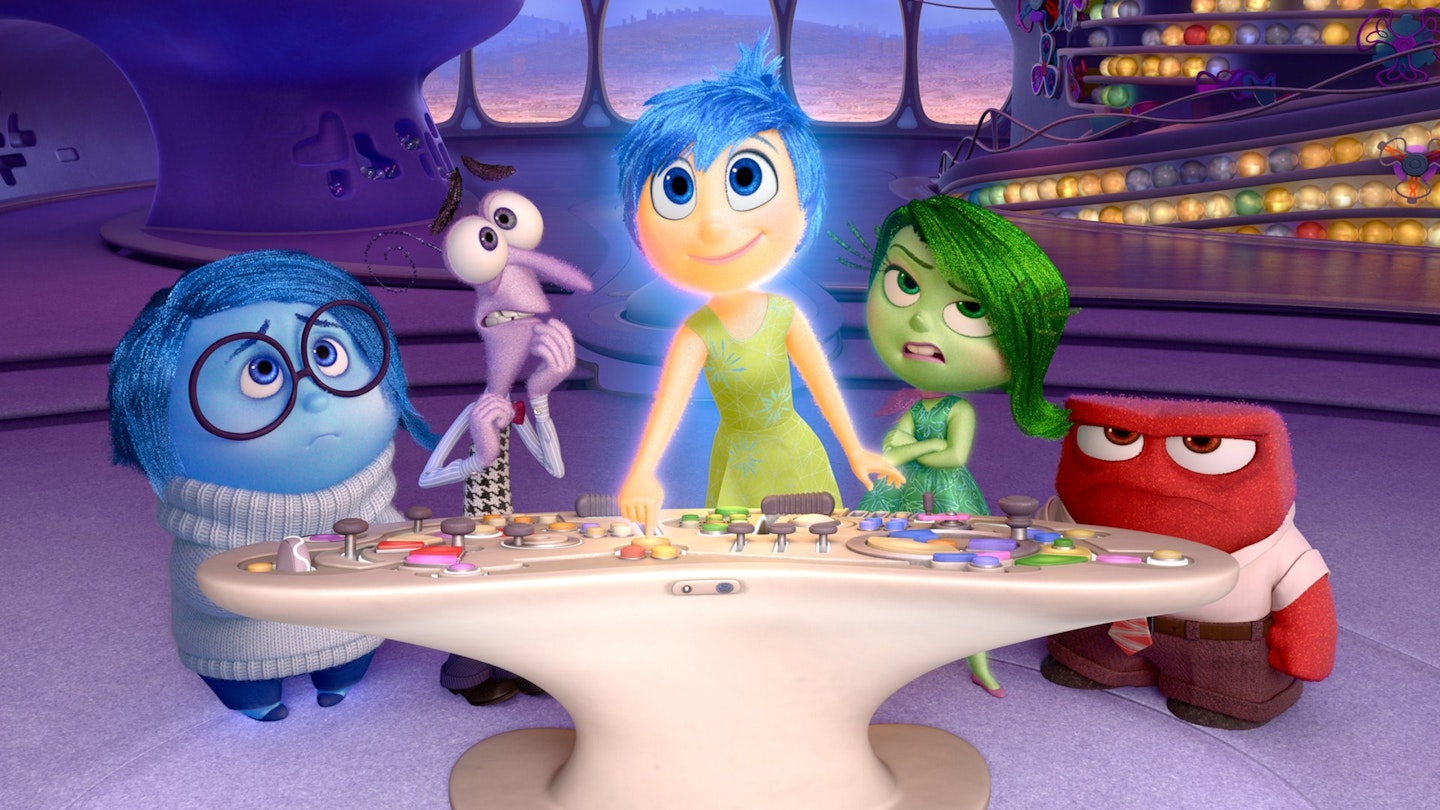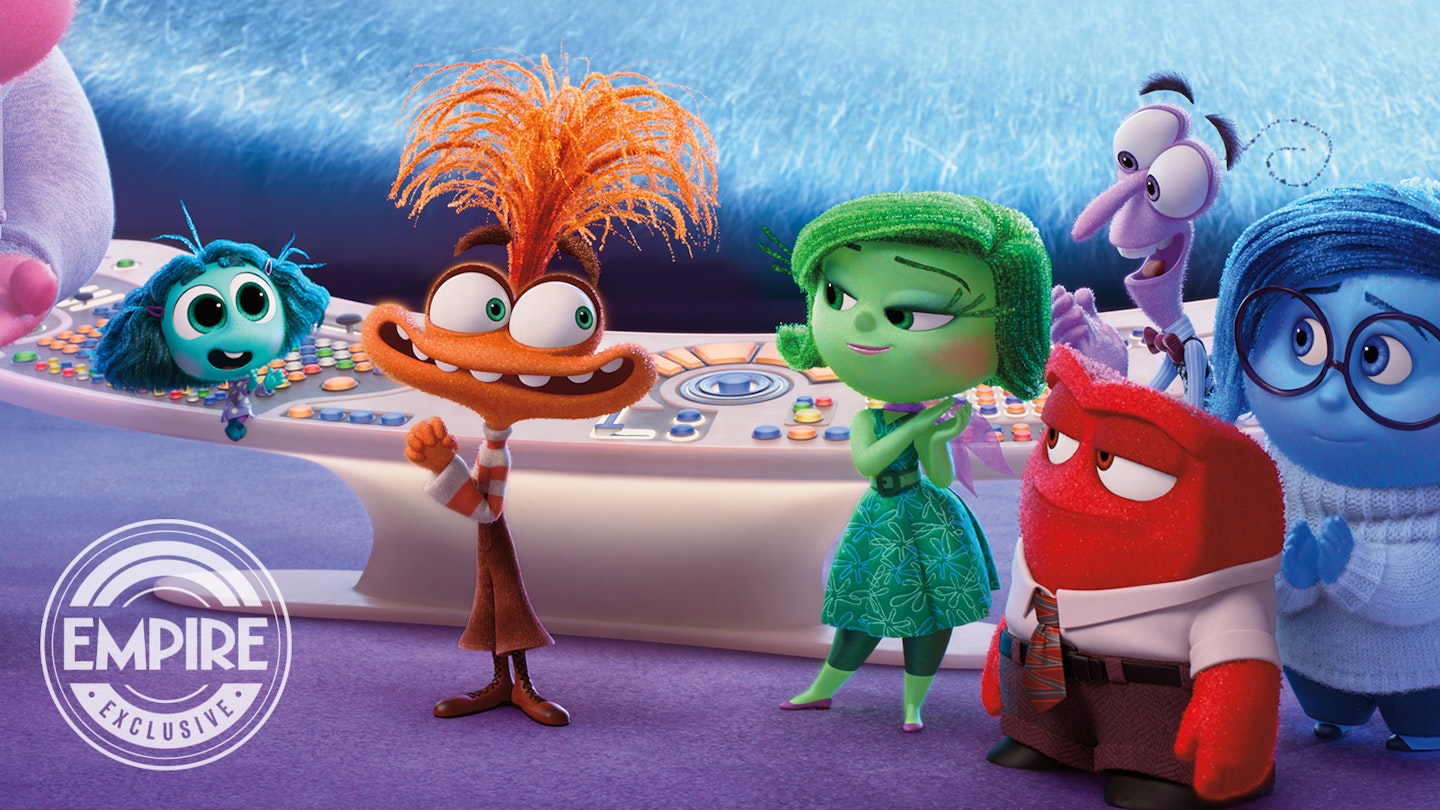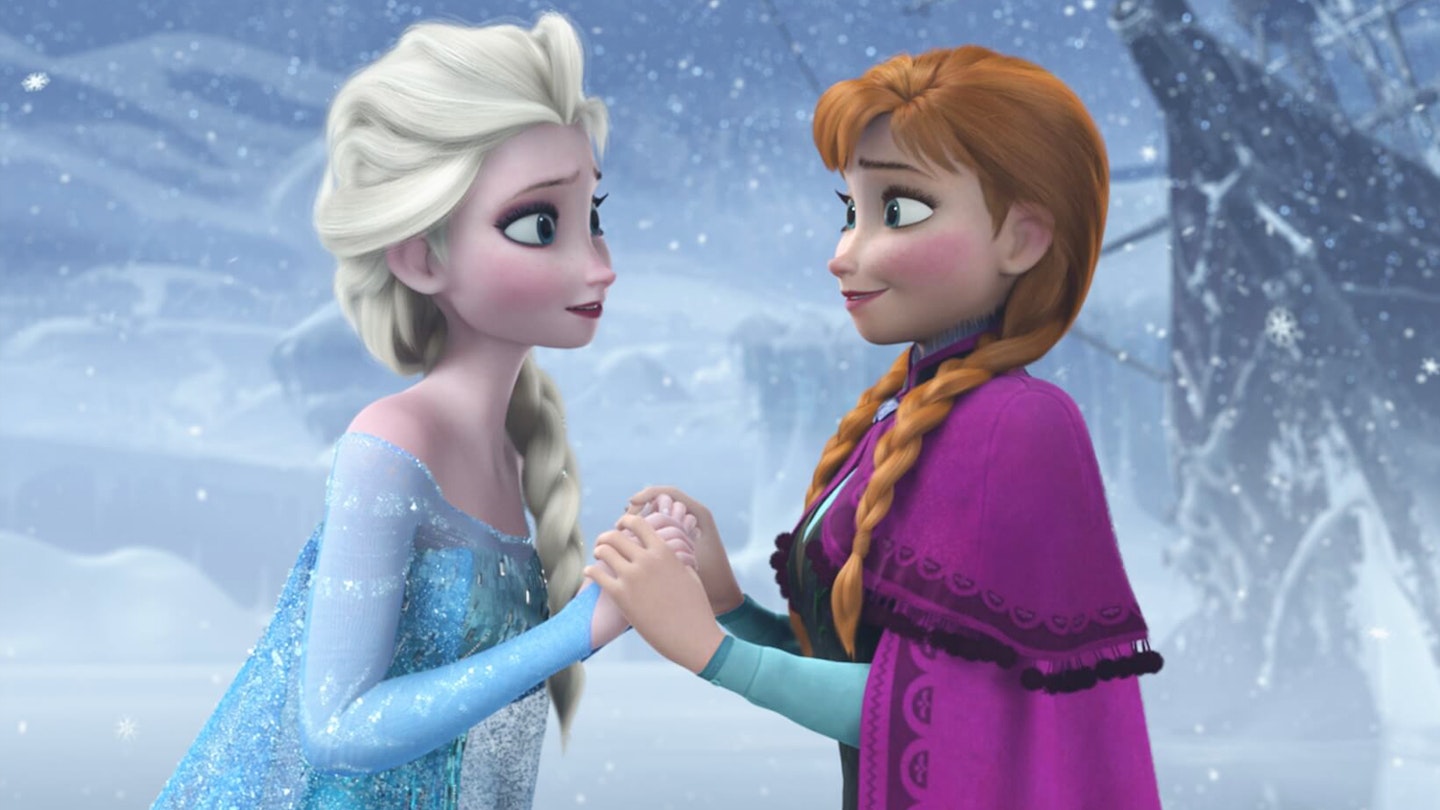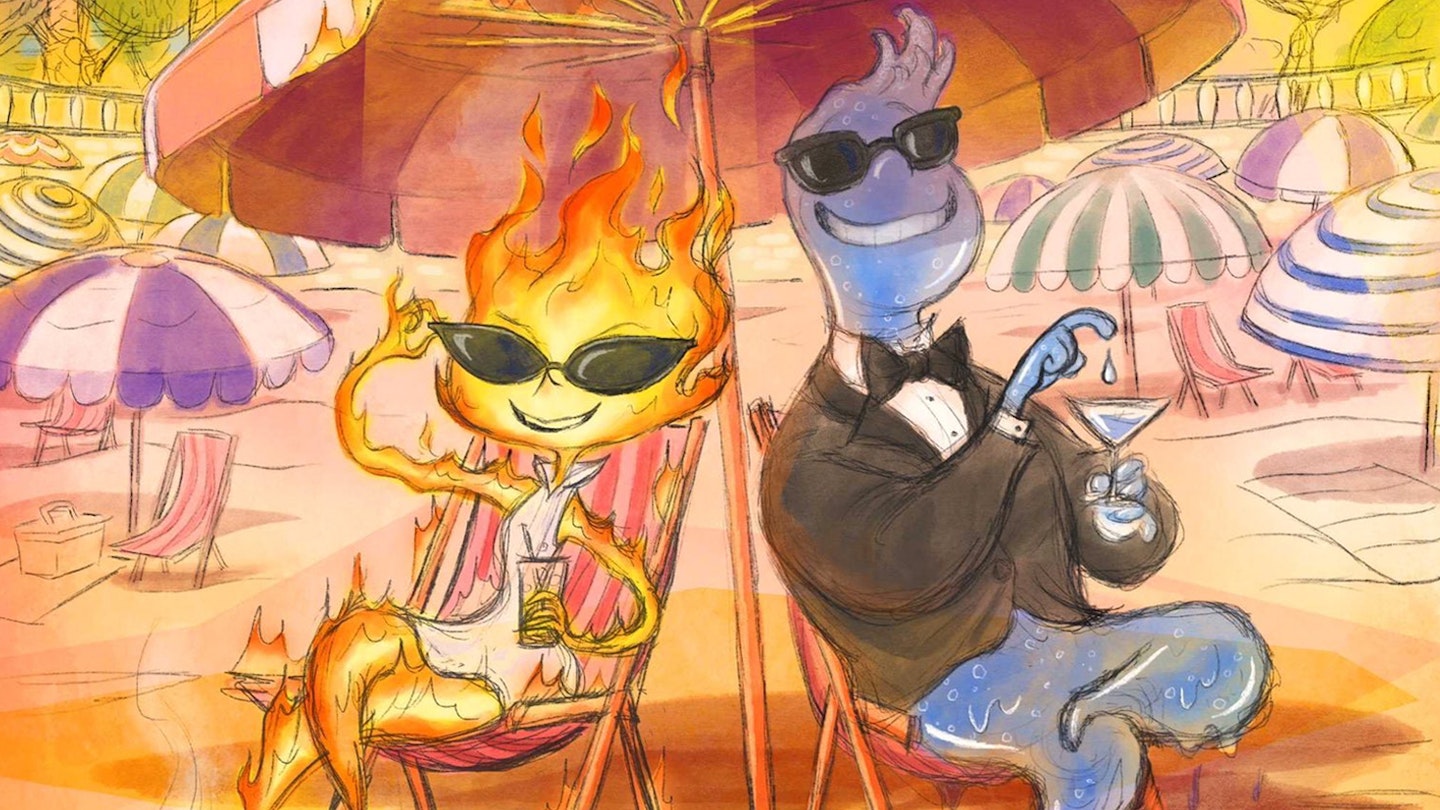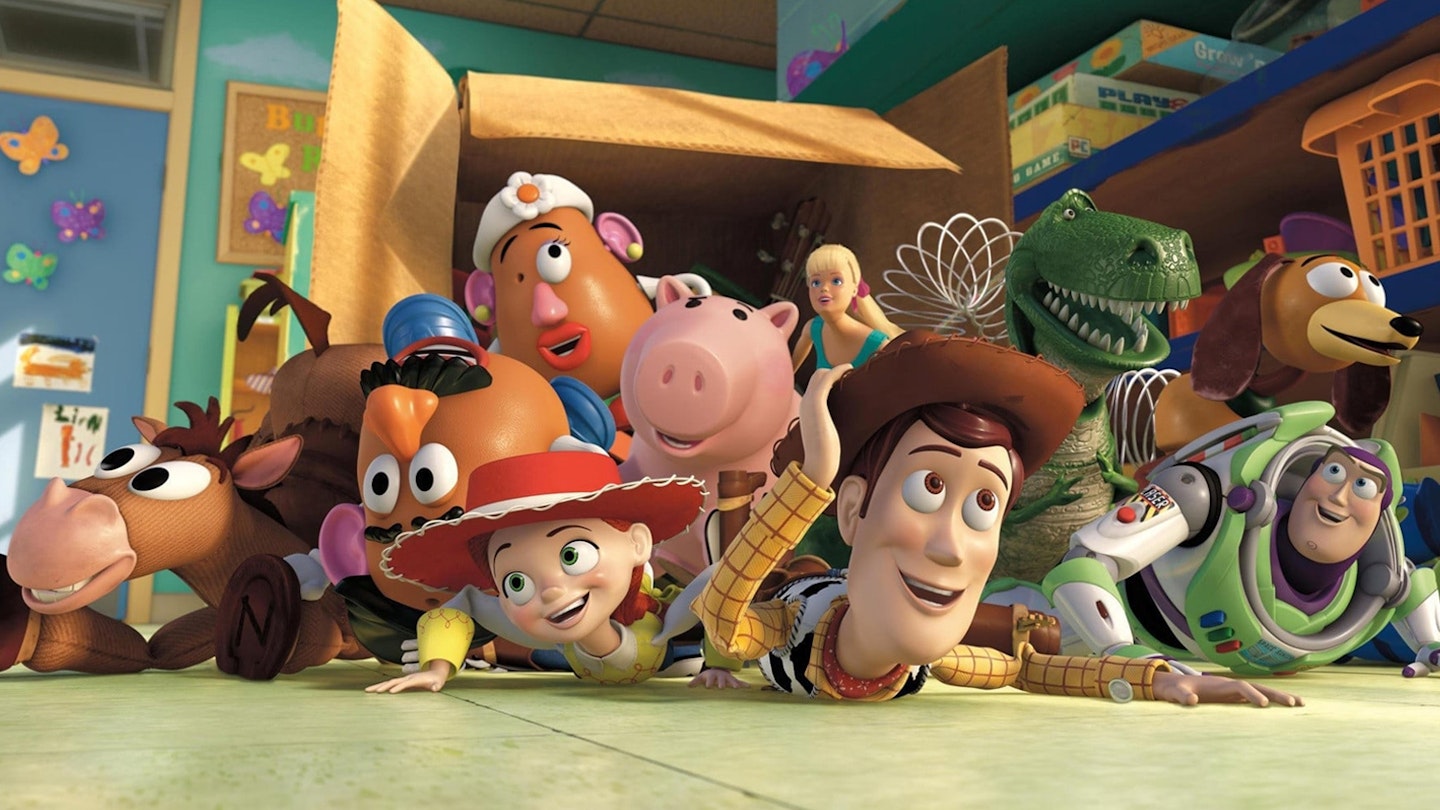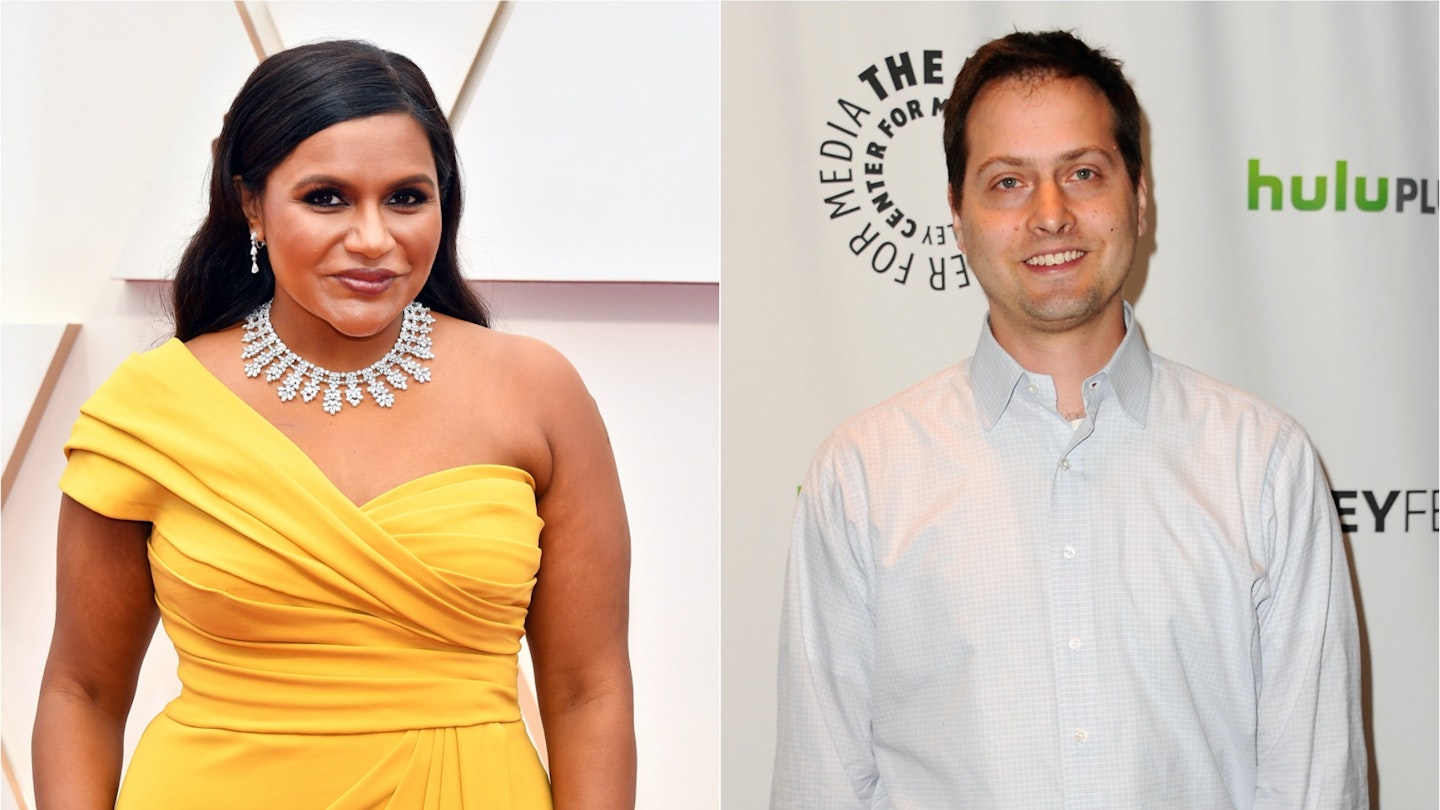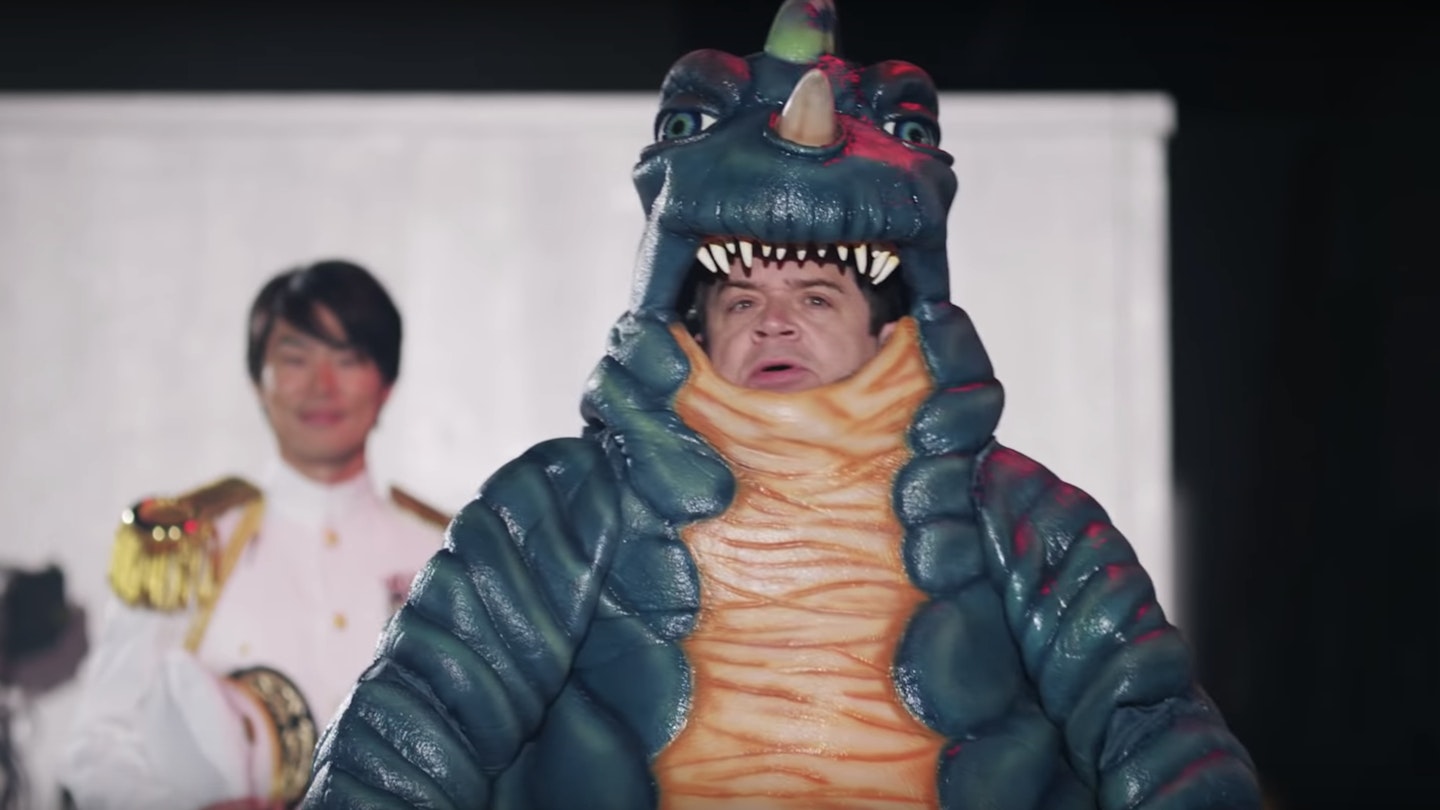Pixar is the owner of cinema’s most famous brain trust, a group of wildly different personalities who come together to shape adolescent (and grown-up) hearts and minds through the power of storytelling. It is perhaps surprising, then, that they have taken so long to make Inside Out, a film about a literal brain trust, this one controlling the heart and mind of a kid on the brink of adolescence. What Pete Docter, the driving force behind Monsters, Inc. and Up, and co-director Ronnie del Carmen have done is make a film about what it feels like to be 11 years old, with all the shifting sensations and certainties that entails, through the prism of duelling emotions embodied in lovable cartoon forms. If the idea of dramatising inner lives in animation has precedents, few films have explored the concept with the wit, brio and profound pathos Docter, del Carmen and co. conjure up.
To be sure, Inside Out has trace elements of previous Pixar flicks. It has the mismatched pairings, a support team working to ensure a child’s happiness, the fascination with working practices, and a journey to get home that have figured in the studio’s work for years. But there is freshness here. Inside Out features passages that offer untethered flights of imagination, full of bravura, wit, surealism and invention that touch base with everything from Hieronymus Bosch to Tex Avery. At times it makes Yellow Submarine look like Coronation Street.
The exterior story is a simple one: tomboyish 11-year-old Riley (Kaitlyn Dias) is uprooted from her idyllic hockey-playing life in rural Minnesota after her dad lands a demanding job in downtown San Francisco. But it’s Riley’s inner space that is buzzing. Yellow manic pixie dream girl Joy (a buoyant Amy Poehler) has ruled the roost, keeping the other emotions, Sadness (Phyllis Smith), Fear (Bill Hader), Anger (Lewis Black) and Disgust (Mindy Kaling) in check. But with all the change (the move, puberty), Sadness is on the rise.
What’s great here is the simple, lucid logic the screenplay imbues into the set-up. The Emotions dictate Riley’s feelings in a shiny space-age HQ dominated by an enormous control panel — Pixar is enamoured with such consoles: Lifted built a whole short film around one — and festooned with tubes and shelves where memories are moved and stored as gold orbs. The pillars that Riley’s life is built on, such as friendship, hockey and family, are represented as floating islands like the areas in a theme park. It’s one of Docter and del Carmen’s magic tricks that they let us luxuriate and play in this world without letting the pace and urgency of the storytelling flag.
The inciting incident that sees these pillars begin to crumble is a crisis during Riley’s first day at a new school, ejecting Sadness and Joy from HQ into the darkest recesses of Riley’s mind. Here the movie becomes an odd-couple road trip as the pair travel through Long Term Memory, Abstract Thought (here Joy and Sadness are pulled into different iterations of modern art) and Dream Production (realised as an old-school Hollywood studio system), hooking up with Riley’s long-forgotten, elephant-like imaginary friend, Bing Bong (Richard Kind). As they try to make their way back to base, the wit and imagination on show here is simply staggering.
Yet Docter and del Carmen don’t get lost in their fantasy creations. They always keep front and centre the impact of the travails of Joy and Sadness on Riley’s life, making sure it doesn’t become too abstract to be unrelatable. The most affecting human in a Pixar film since Up’s Carl Fredricksen, Riley is a likable pre-teen, trying her best to be strong for her busy-at-work dad while struggling to juggle the newness that has just entered her life. To underline the point, the two worlds are visually poles apart. Inside Riley’s head is an explosion of colour, a riot of vibrancy. Outside Riley’s world, San Francisco is colourless and dull, muted by a permanent Bay-area fog.
It might be a film that will happily exist as a fast food tie-in or an amusement park spin-off but there is underplayed profundity and ambition here. Ultimately it’s a film that dares to dramatise human nature, respecting the complex play of burgeoning emotions and illustrating the role sadness plays in turning children into adolescents. It’s as poignant a portrayal of the loss of innocence as we’ve seen all year.
The arguments will rage over whether Inside Out represents the absolute pinnacle of Pixar. Some (Toy Story) debatably have richer characters. Others (Up) may have deeper reservoirs of feeling. But if you cherish the studio for coming up with bold, original, funny, emotionally resonant ideas executed beautifully, then Inside Out delivers in spades. Perhaps we should be grateful that Pixar came up with the idea at all: if it were Michael Haneke we might have been in for a toon about Self-Loathing, Ennui, Angst, Gloom And Dejection fighting for control of a dying Austrian grandmother. Innen Nach Außen, anyone?
